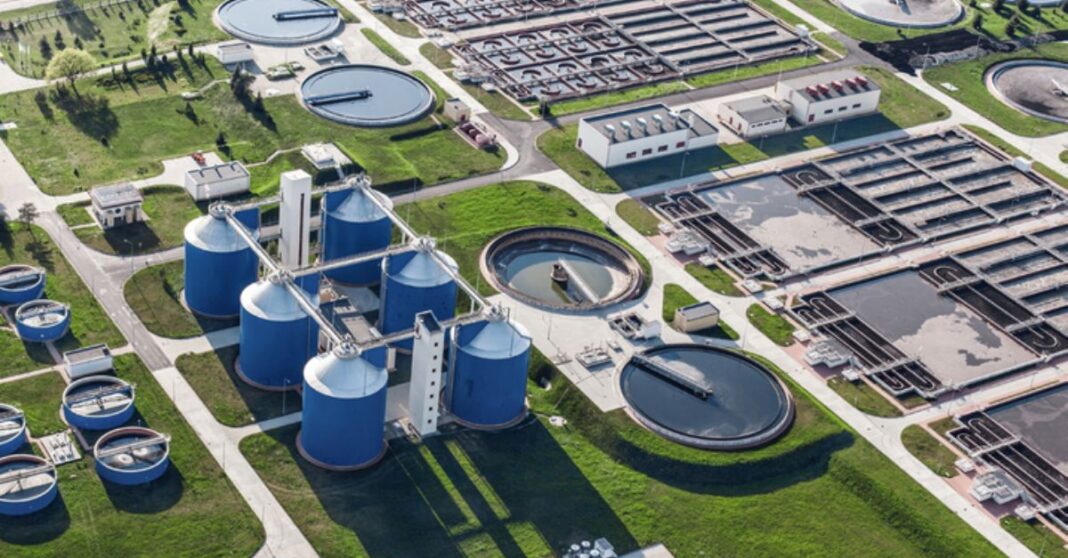The Global Green Growth Institute (GGGI) held a groundbreaking ceremony last week to build four decentralized wastewater treatment plants and a city-level excrement treatment facility in Pakse City, Champasack that would benefit around 9,000 people.
These facilities are being developed under the Wastewater and Solid Waste Treatment Capacity Building Project for City Environment Improvement in Laos, which received funding through the Korea International Cooperation Agency (KOICA) and GGGI, worth USD 2.1 Million.
The event was attended by representative authorities of Champasak Province, the Ministry of Public Works and Transport along with KOICA, and GGGI.
The new treatment plants will have the ability to treat sewage from the whole of Pakse City, but user charges will apply to ensure the sustainable operations of these facilities. It is expected for the operation of the facilities to start in 2024.
At the event, Ms. Myungjin Kim, the Country Director of KOICA in Laos, said “I expect all the residents of Pakse and neighboring districts will be able to access the fecal sludge treatment plant and around 10,000 residents can access the decentralized wastewater treatment services.
“I hope this project will contribute to providing proper infrastructure to the residents, reducing contamination that may endanger public health, and protecting the water environment in Pakse.”
Mr. Rowan Fraser, the GGGI Country Representative to Laos, said, “The waste sector, including wastewater and fecal sludge, is a growing source of greenhouse gas emissions. By improving wastewater management in Pakse, we can reduce emissions and improve the delivery of sustainable urban services.”
The project will encompass five villages with four non-central sewage treatment systems covering a total population of over 9,000 people, with a capacity of 770 cubic meters per day.
The Government hopes to develop this project as a model that can be adopted in other cities to improve wastewater management in the urban areas of Laos and hopes that at least 50% of urban and community wastewater is treated throughout the country by 2030.



